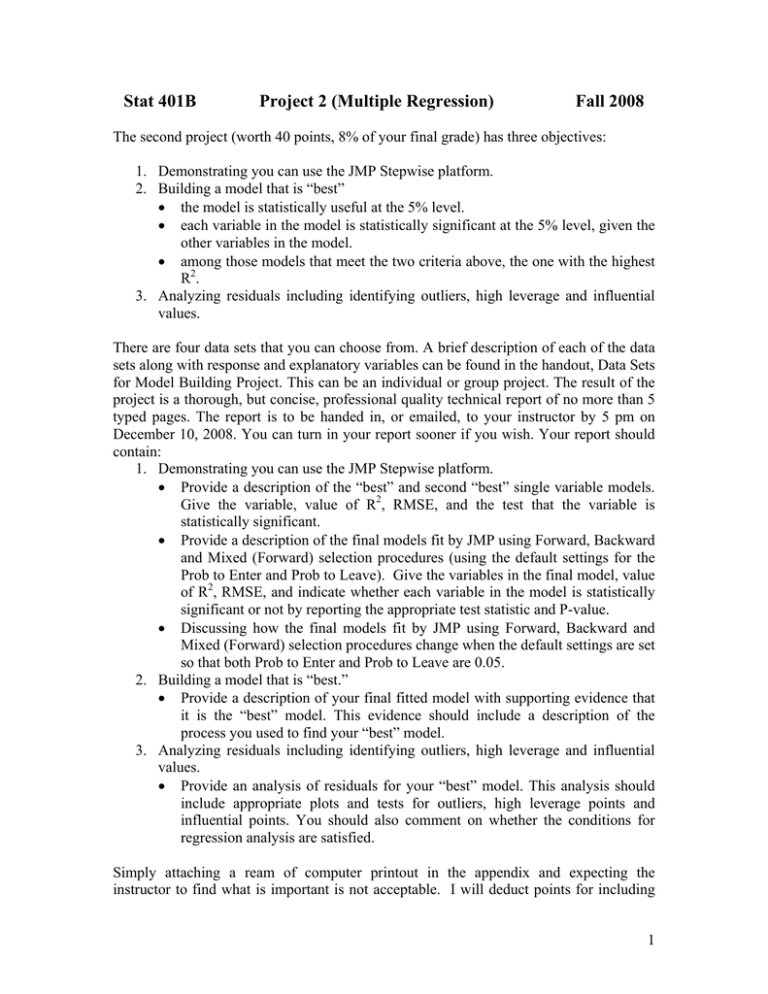
The expected phenotypic ratios are therefore 9 round and yellow: 3 round and green: 3 wrinkled and yellow: 1 wrinkled and green.įrom this, you can calculate the expected phenotypic frequencies for 100 peas: Phenotype

If the two genes are unlinked, the probability of each genotypic combination is equal. To calculate the expected values, you can make a Punnett square. Step 1: Calculate the expected frequencies This would suggest that the genes are linked.Alternative hypothesis ( H a): The population of offspring do not have an equal probability of inheriting all possible genotypic combinations.This would suggest that the genes are unlinked.Null hypothesis ( H 0): The population of offspring have an equal probability of inheriting all possible genotypic combinations.The hypotheses you’re testing with your experiment are: You perform a dihybrid cross between two heterozygous ( RY / ry) pea plants. Suppose that you want to know if the genes for pea texture (R = round, r = wrinkled) and color (Y = yellow, y = green) are linked. When genes are linked, the allele inherited for one gene affects the allele inherited for another gene. One common application is to check if two genes are linked (i.e., if the assortment is independent). Heat map, which is a graphical representation of data where values are depicted by color.Chi-square goodness of fit tests are often used in genetics.Bubble chart, which is a data visualization that displays multiple circles (bubbles) in a two-dimensional plot.Run chart, which is a line graph of data plotted over time.Multivariate chart, which is a graphical representation of the relationships between factors and a response.Scatter plot, which is used to plot data points on a horizontal and a vertical axis to show how much one variable is affected by another.Other common types of multivariate graphics include: The most used graphic is a grouped bar plot or bar chart with each group representing one level of one of the variables and each bar within a group representing the levels of the other variable. Multivariate graphical: Multivariate data uses graphics to display relationships between two or more sets of data.Multivariate non-graphical EDA techniques generally show the relationship between two or more variables of the data through cross-tabulation or statistics. Multivariate nongraphical: Multivariate data arises from more than one variable.Box plots, which graphically depict the five-number summary of minimum, first quartile, median, third quartile, and maximum.Histograms, a bar plot in which each bar represents the frequency (count) or proportion (count/total count) of cases for a range of values.Stem-and-leaf plots, which show all data values and the shape of the distribution.Common types of univariate graphics include: Graphical methods are therefore required.
#Dfind outliers in high dimension full
Non-graphical methods don’t provide a full picture of the data. The main purpose of univariate analysis is to describe the data and find patterns that exist within it.

Since it’s a single variable, it doesn’t deal with causes or relationships. This is simplest form of data analysis, where the data being analyzed consists of just one variable. Predictive models, such as linear regression, use statistics and data to predict outcomes.K-means Clustering is commonly used in market segmentation, pattern recognition, and image compression. The data points closest to a particular centroid will be clustered under the same category. the number of clusters, based on the distance from each group’s centroid. K-means Clustering is a clustering method in unsupervised learning where data points are assigned into K groups, i.e.Multivariate visualizations, for mapping and understanding interactions between different fields in the data.Bivariate visualizations and summary statistics that allow you to assess the relationship between each variable in the dataset and the target variable you’re looking at.Univariate visualization of each field in the raw dataset, with summary statistics.Clustering and dimension reduction techniques, which help create graphical displays of high-dimensional data containing many variables.Specific statistical functions and techniques you can perform with EDA tools include:


 0 kommentar(er)
0 kommentar(er)
